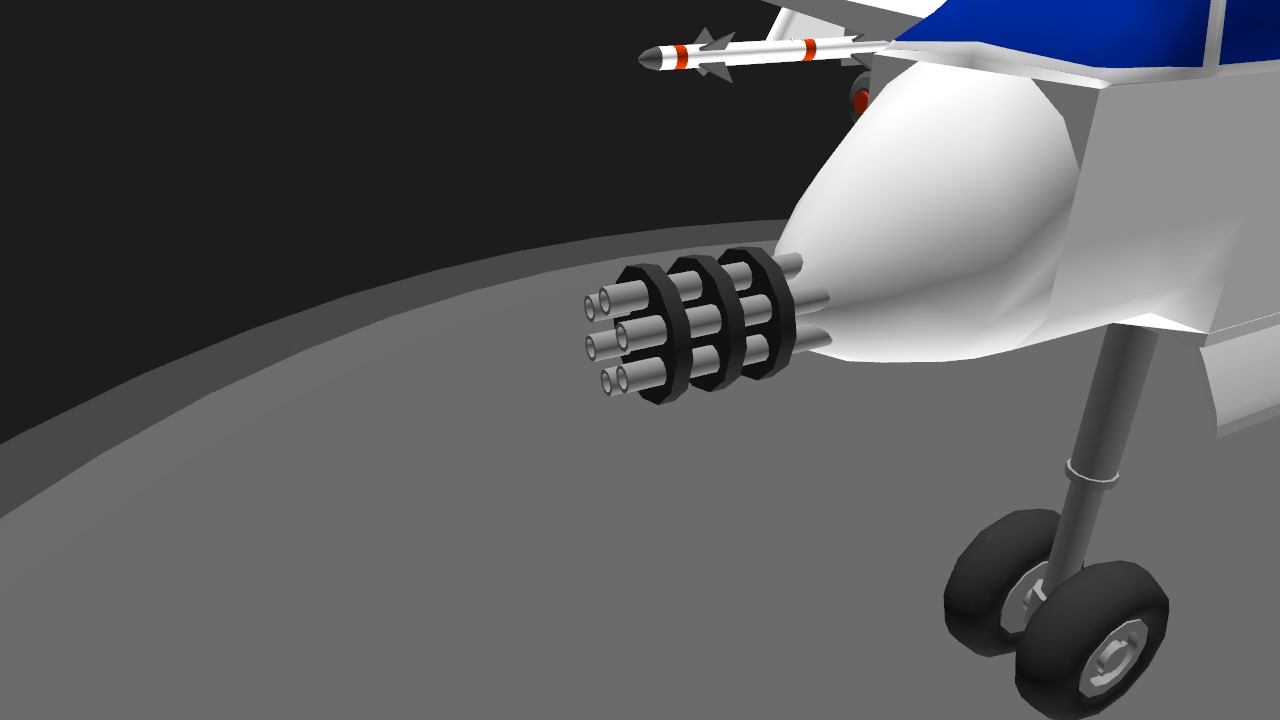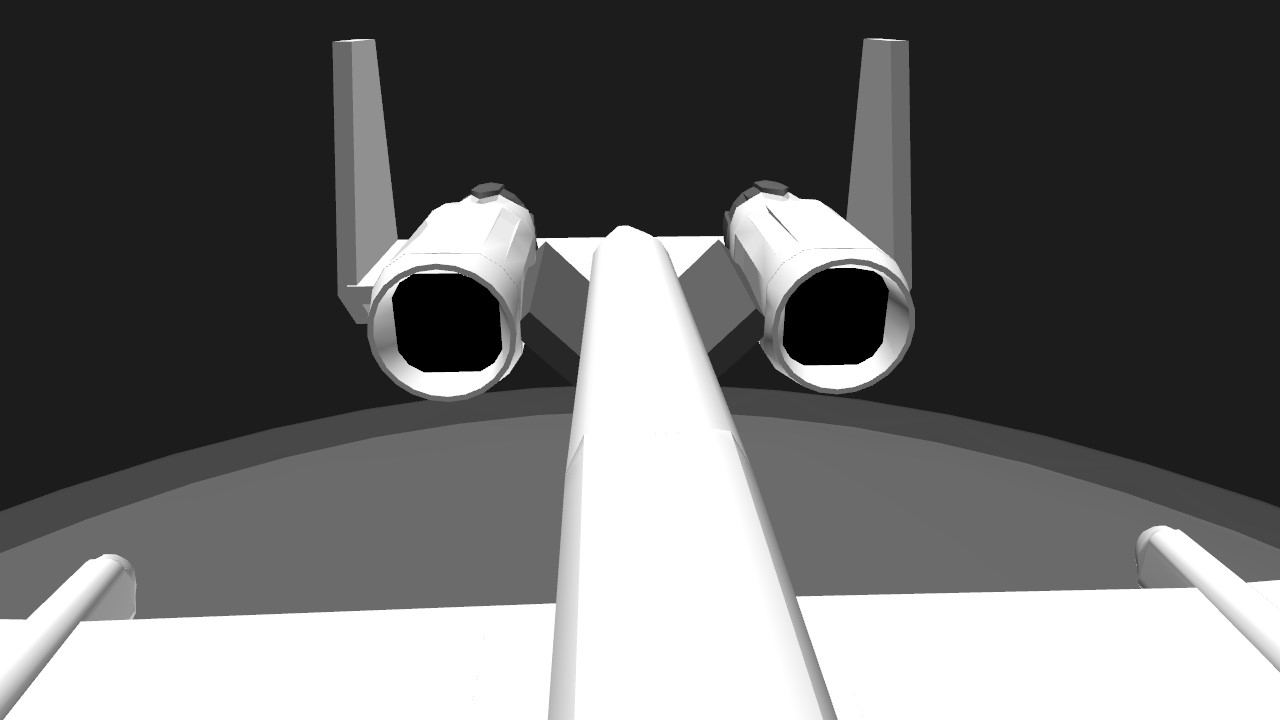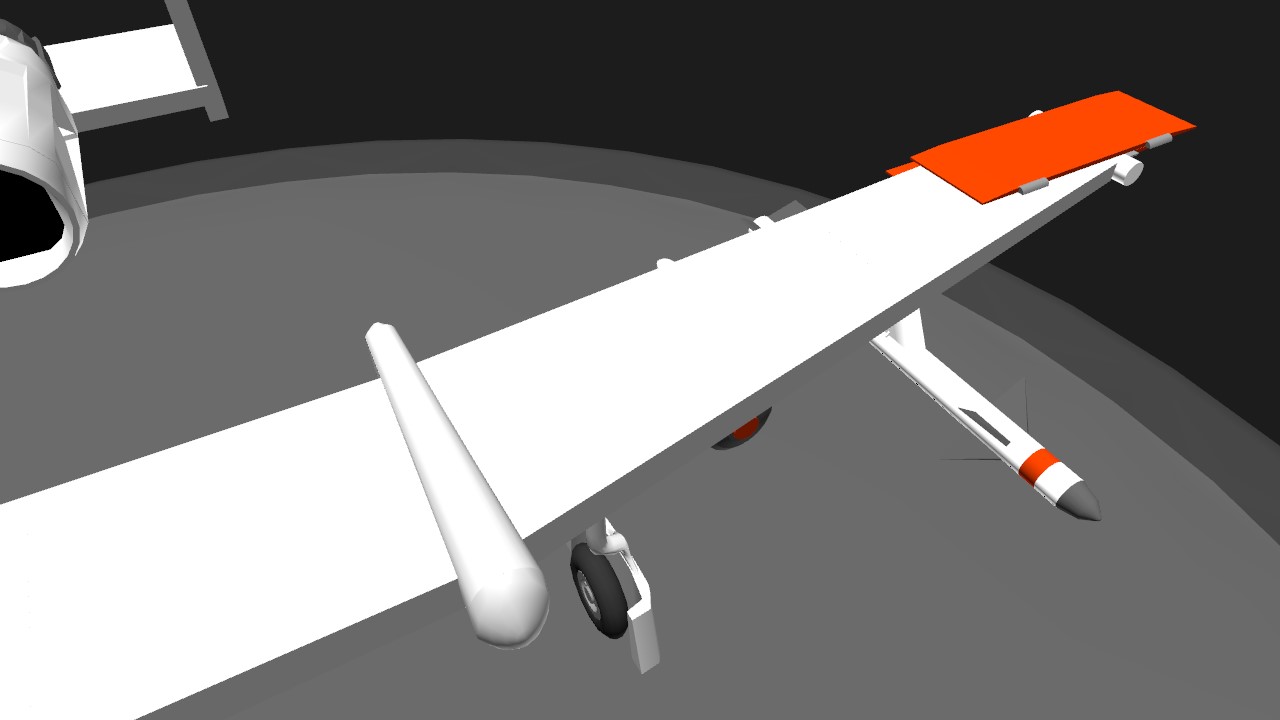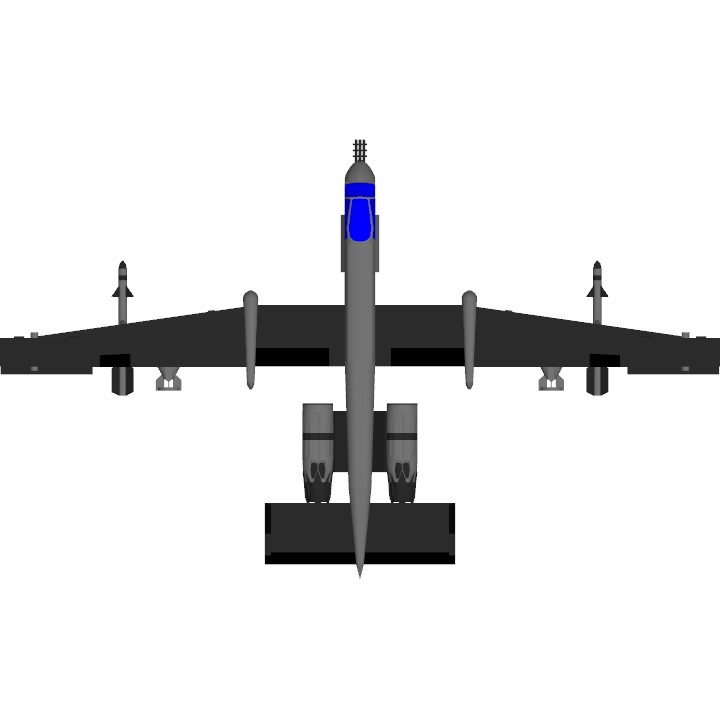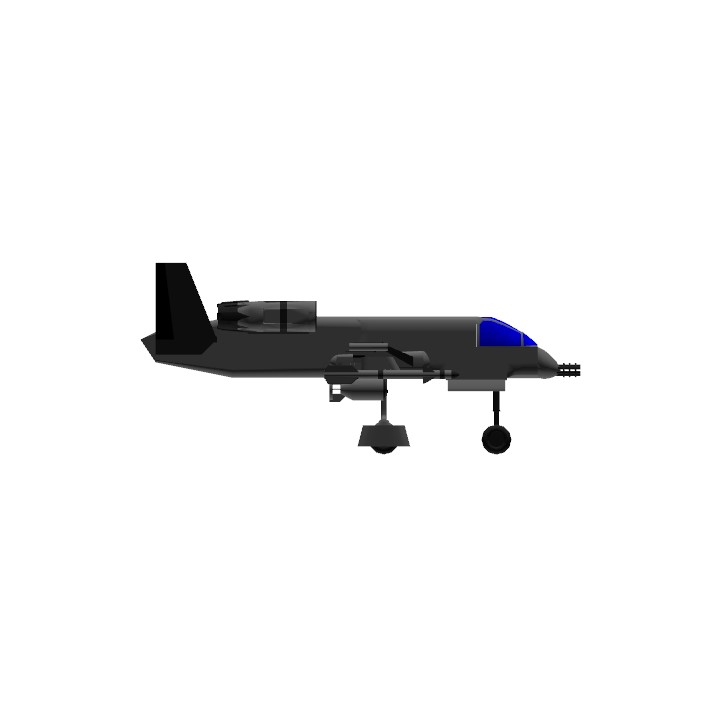The Fairchild Republic A-10 Thunderbolt II is a single-seat, twin-turbofan, straight-wing, subsonic attack aircraft developed by Fairchild Republic for the United States Air Force (USAF). In service since 1977, it is named after the Republic P-47 Thunderbolt, but is commonly referred to as the "Warthog" or simply "Hog".[3] The A-10 was designed to provide close air support (CAS) to friendly ground troops by attacking armored vehicles, tanks, and other enemy ground forces; it is the only production-built aircraft designed solely for CAS to have served with the U.S. Air Force.[4] Its secondary mission is to direct other aircraft in attacks on ground targets, a role called forward air controller-airborne; aircraft used primarily in this role are designated OA-10.
The A-10 was intended to improve on the performance and firepower of the Douglas A-1 Skyraider. The Thunderbolt II's airframe was designed around the high-power 30 mm GAU-8 Avenger rotary autocannon. The airframe was designed for durability, with measures such as 1,200 pounds (540 kg) of titanium armor to protect the cockpit and aircraft systems, enabling it to absorb damage and continue flying. Its ability to take off and land from relatively short and/or unpaved runways permits operation from airstrips close to the front lines, and its simple design enables maintenance with minimal facilities. Background
By the time of the Vietnam War, the 1940s-vintage propeller-driven Skyraider was the USAF's only dedicated close air support aircraft. It was slow, vulnerable to ground fire, and relatively lightly armed.
The development of conventionally armed attack aircraft in the United States stagnated after World War II,[6] as design efforts for tactical aircraft focused on the delivery of nuclear weapons using high-speed designs such as the McDonnell F-101 Voodoo and Republic F-105 Thunderchief.[7] As the U.S. military entered the Vietnam War, its main ground-attack aircraft was the Korean War-era Douglas A-1 Skyraider. A capable aircraft for its era, with a relatively large payload and long loiter time, the propeller-driven design was relatively slow and vulnerable to ground fire. The U.S. Air Force and Navy lost 266 A-1s in action in Vietnam, largely from small-arms fire.[8] It also had inadequate firepower.
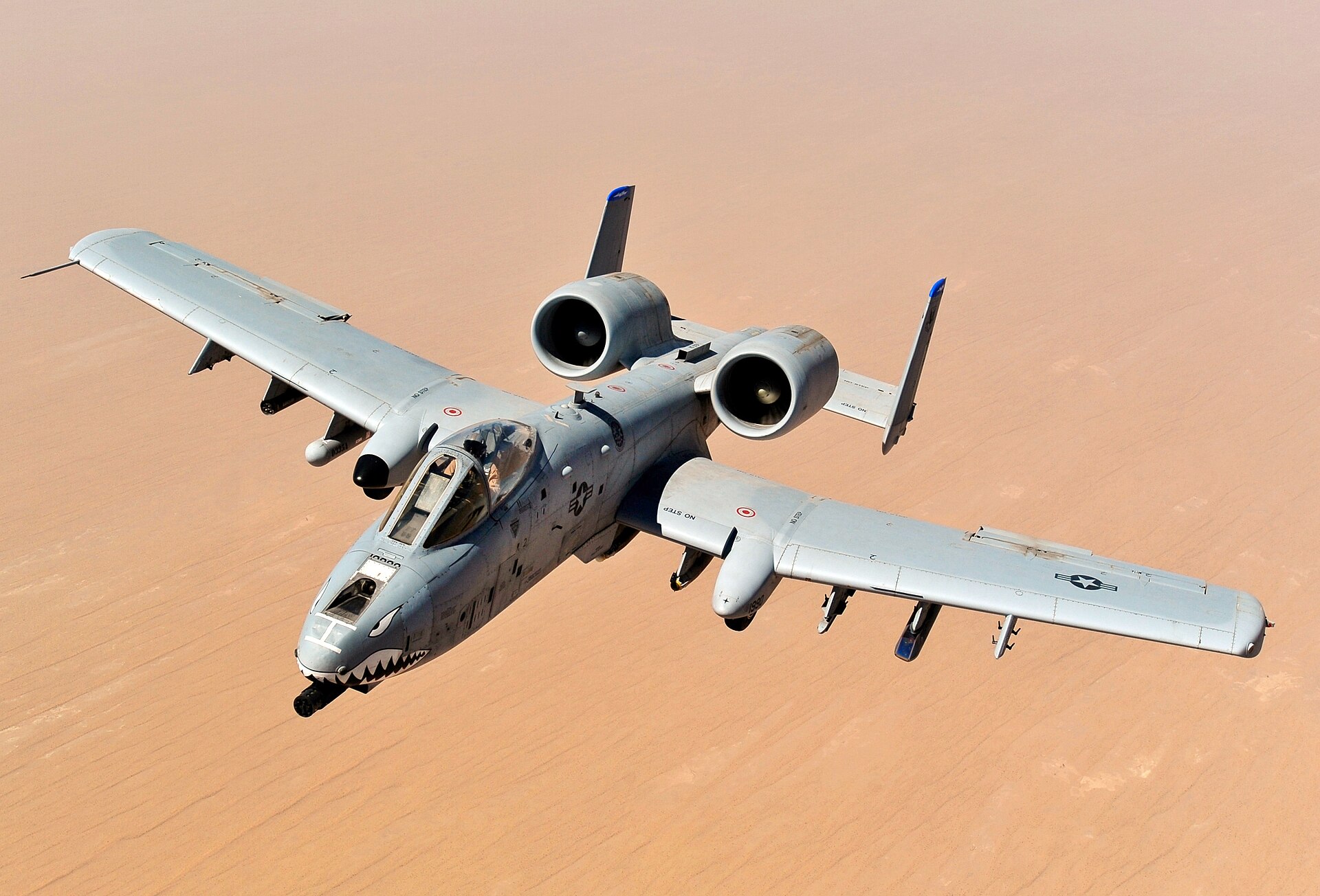
An A-10 of the 74th Fighter Squadron after taking on fuel over Afghanistan in 2011
Specifications
General Characteristics
- Created On iOS
- Wingspan 38.5ft (11.7m)
- Length 23.5ft (7.2m)
- Height 10.1ft (3.1m)
- Empty Weight 5,863lbs (2,659kg)
- Loaded Weight 6,500lbs (2,948kg)
Performance
- Power/Weight Ratio 1.037
- Wing Loading 42.3lbs/ft2 (206.4kg/m2)
- Wing Area 153.7ft2 (14.3m2)
- Drag Points 2133
Parts
- Number of Parts 63
- Control Surfaces 8
- Performance Cost 374

